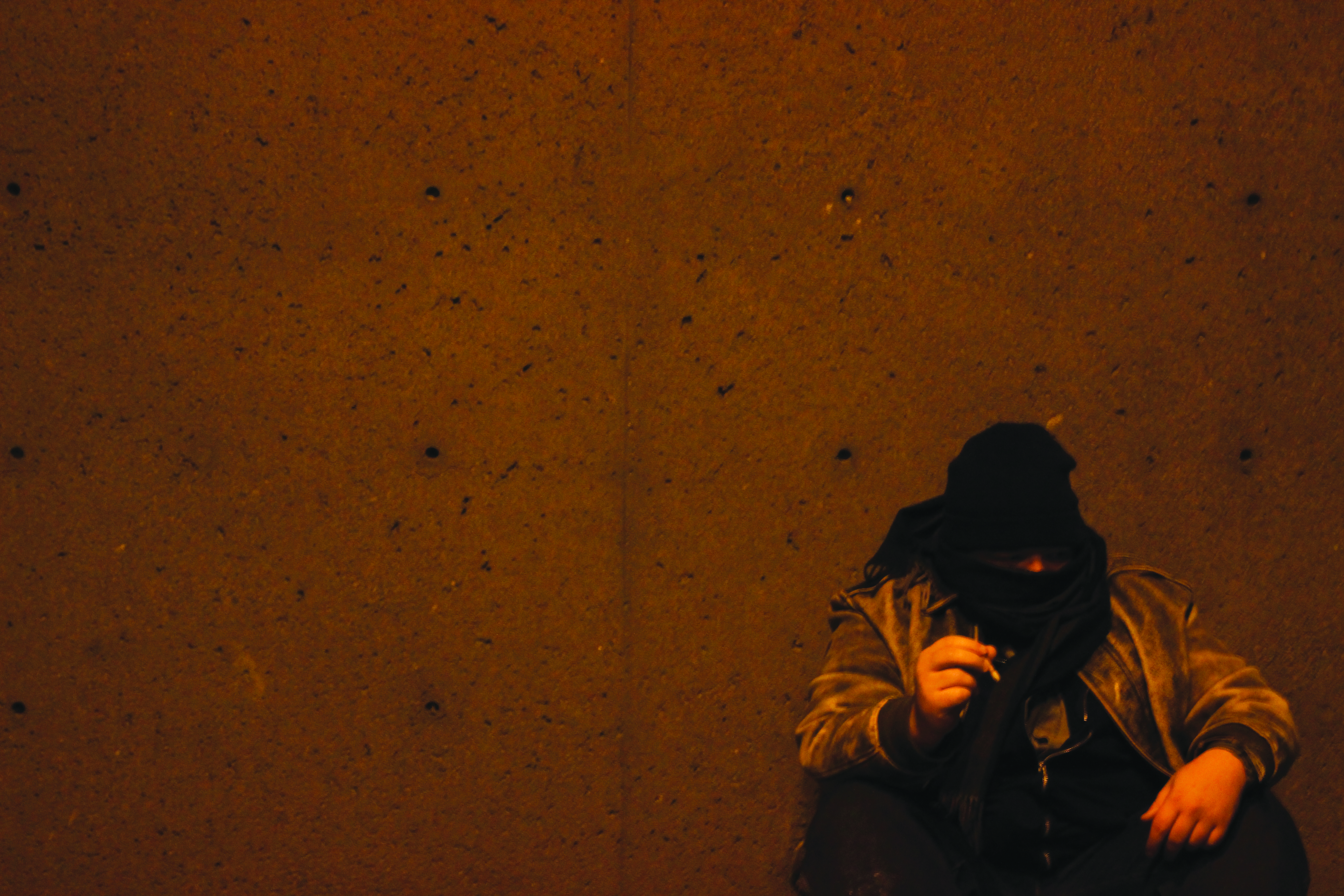By Graig Graziosi
Something stinks at Cushwa Hall.
We’ve all smelled it.
The olfactory-assaulting sewage-stench strikes anyone unfortunate enough to be walking near the north-facing Cushwa entrance where the tribe of smokers lives.
While it isn’t always there, it certainly is there enough.
It had been some time since I’d thought about the Cushwa Stank. Being a student of journalism, my classes tend to keep me in the basements of other buildings on campus, though for one putrid semester in the spring of 2014 I had the displeasure of swimming through the fetor three times a week. Once the semester ended, I moved on and eventually healed from the experiences, even forgetting about the offending funk.
Late last week, that all changed.
My phone chirped one evening, the tone telling me I had received an email. Reaching through a haze of hookah smoke, I plucked my phone from between my laptop and a styrofoam cup of noodles and checked to see who needed what.
Expecting spam for penis enlargement, I was surprised to find something much more intriguing sitting in my inbox.
The Jambar’s editor-in-chief had forwarded me an email from none other than Ray Beiersdorfer, professor of geological and environmental sciences, Moser Hall’s own Dumbledore, asking us to inquire into that very stench that so plagued me a year ago. In the message, he pointed out something I had failed to notice during my time at Cushwa — anytime it snows near the smelly spot, the snow melts significantly faster there than anywhere else on campus. Could it be a sewage leak? Perhaps something else entirely?
I was on the case.
My first thought was to reach out to a friend working at WYSU in Cushwa Hall, Chris Hartman. I shot him a message and found my first lead.
“You’d probably have to talk to facilities or the university plumber. I’m almost certain that’s due to a sewage manhole that’s close by. It’s been smelling since I started school in 2004, at least,” Hartman said.
A theory to start. But not necessarily concrete, and I doubted a simple exposed cover would cause a several foot long strip of snow to melt unnaturally fast. Taking his advice, I reached out to the grounds department to see if any of the people who keep the university’s gears greased and spinning had any idea as to the source of the odor.
Later that day, David Ewing, the associate director of the grounds department, contacted me.
“I have no idea. … This is the first I’ve really heard anything about it. I’m not really up around that area that much,” Ewing said.
No answers there, but it did reveal an interesting bit of information; if the associate director of the grounds department had only just heard about the funk after my inquiry, it stands to reason that there has never been any official complaints to the department about the smell.
How could that be? Was it possible that the good doctor and myself simply shared a particular neurosis about this smell that everyone else ignored? I refused to believe that. Besides, Ewing had given me another suggestion: talk to a civil engineer.
Taking his advice, I called City Hall and spoke with Kedar Bhide, the construction engineer for the city of Youngstown and a part-time faculty member in the YSU School of Engineering Technology. I doubted he would know the particular cause of the invasive stench on campus, so instead I inquired as to whether he had any ideas as to what could give off enough heat to melt snow and enough stink to warrant me making this many calls.
“I’d have the wastewater department look into it, it likely has something to do with the sewers. I could send over some guys and have them look into it if you’d like,” Bhide said.
Accepting his offer to send some people to look at the issue — you’re welcome Cushwa students — I was passed along to another authority.
In each explanation I received that wasn’t a straight “I don’t know,” sewage was always involved. In some way, shape or form, it is very likely the Cushwa Mystery Scent has something to do with human excrement. And, if Hartman is correct, we have been tolerating that for over 10 years.
I talked to two more experts — Mike Lyon, from the Youngstown Waste Water Treatment Plant, and Tony Vercellino, assistant professor of civil and environmental engineering— and received the same response from both: they didn’t know what it was, but they’d check it out.
All it took was a few calls and I had two city maintenance departments and a civil engineer from STEM looking into the problem.
In the end, the mystery of the Cushwa Stank turned out like a Discovery Channel documentary; we raised a lot of questions, and answered none of them.
